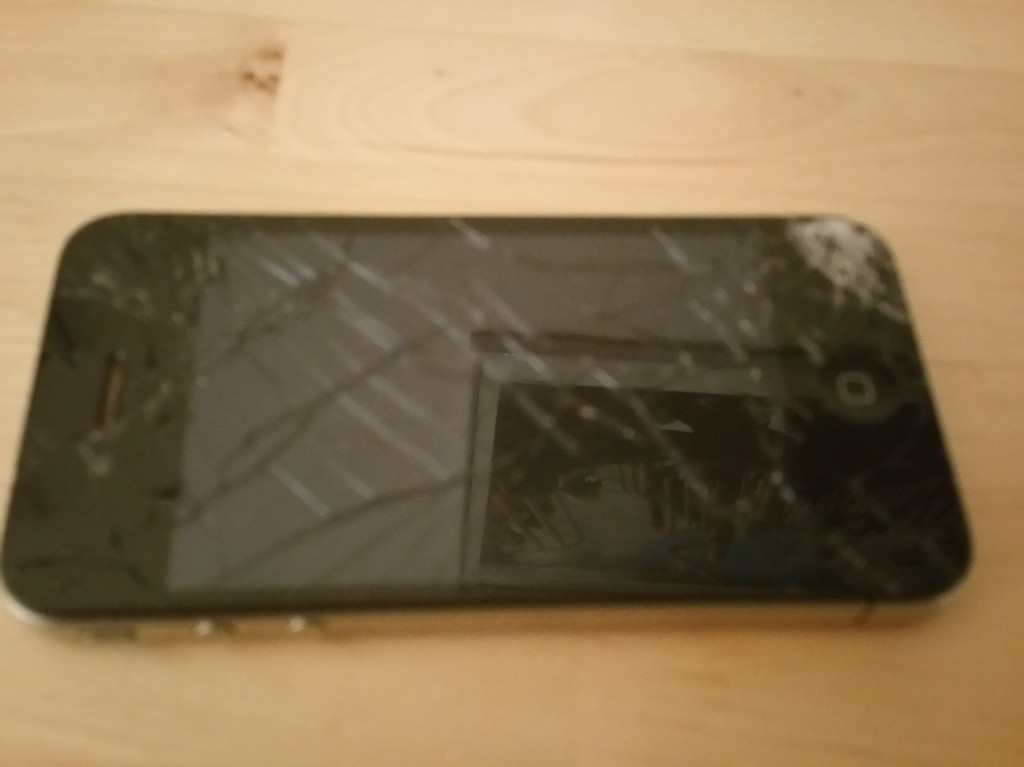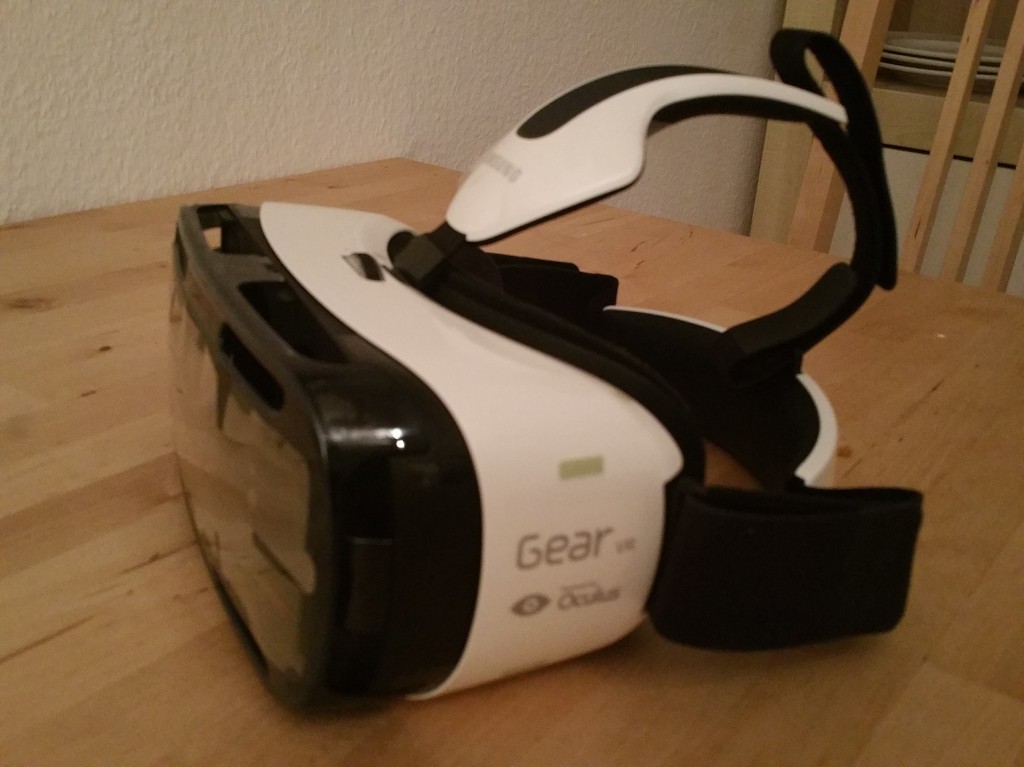After my iPhone ended up looking like this:

and my frustration with Apple, iTunes & co. reached a new height, I decided it was time to get a new phone. And since I had been playing with the idea of fiddling around with Oculus Rift before, I decided it was just the right time to get myself a Samsung Galaxy Note 4 along with Gear VR!
Actually, I read a lot of reviews and compared prices a lot before the purchase. But, all of those doubts have been alleviated since I have gotten my hands on this thing. Even though there are still some shortcomings, if technology keeps advancing at this rate, Virtual Reality has finally come to the market! The first time I saw the Mongolian family sitting next to me or the actors of Cirque de Soleil watching a show with me, I was hooked. Also, it has been really hard to describe the experience to people who had not heard about it before, but most people who then tried it out were pretty amazed.
After browsing through the demo content, of course I’m very eager to get my hands dirty myself! I will be following several routes in the next days and weeks:
1. Unity
Since I’ve been doing a lot of development in Unity and since Unity and Oculus have a partnership that resulted in a simple integration, I will give Unity a shot first. I will be following the instructions in this video:Â https://www.youtube.com/watch?v=0vkRtsaP3co.
However, I’m not sure about if I will stay with Unity for my experiments. From what I’ve read, it’s hard to get decent quality content on the Gear VR without Unity + Android Pro, which at $1.500 each is too hefty just for trying out the platform.
2. Unreal
Enter Unreal Engine 4 :-) $19 per month sounds a lot better to me than the previous price tag, and Unreal is trying to generate buzz around the capabilities of their engine for mobile, so maybe this is a better alternative. However, the going is a bit more tough. I’ll be following the instructions in this forumpost: https://forums.unrealengine.com/showthread.php?53999-Gear-VR-support&p=213968&viewfull=1#post213968, which involves grabbing the 4.7 branch source code and compiling it myself.
3. Blender
Another route I want to try are 3D images and videos. Actually, I agree with Oculus statements that the first killer app for VR might be movies and not games. I’m awaiting the day when full-length 360 videos will be available, for example a full show by Cirque de Soleil.
This is why I want to have a look at the workflow necessary to create 360 images and videos. From my first leads I have been following (especially this post:Â https://forums.oculus.com/viewtopic.php?f=33&t=17444) it seems that creating a 2D 360 render is pretty easy in Blender. The real fun starts when you want to render 360 stereoscopic 3D images or videos.
As a side note, I will also be giving the 360 panorama shooting camera mode by Samsung a look.
4. Kha
Kha (or rather the C++ 3D backend Kore) is the engine my partner Robert and me have been using in our lecture on game technology at TU Darmstadt. That’s why I might delve into it and check out how the Oculus mobile SDK can be integrated into an existing engine.
